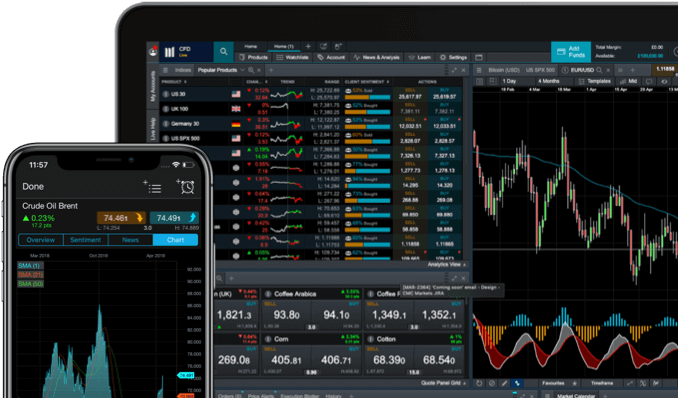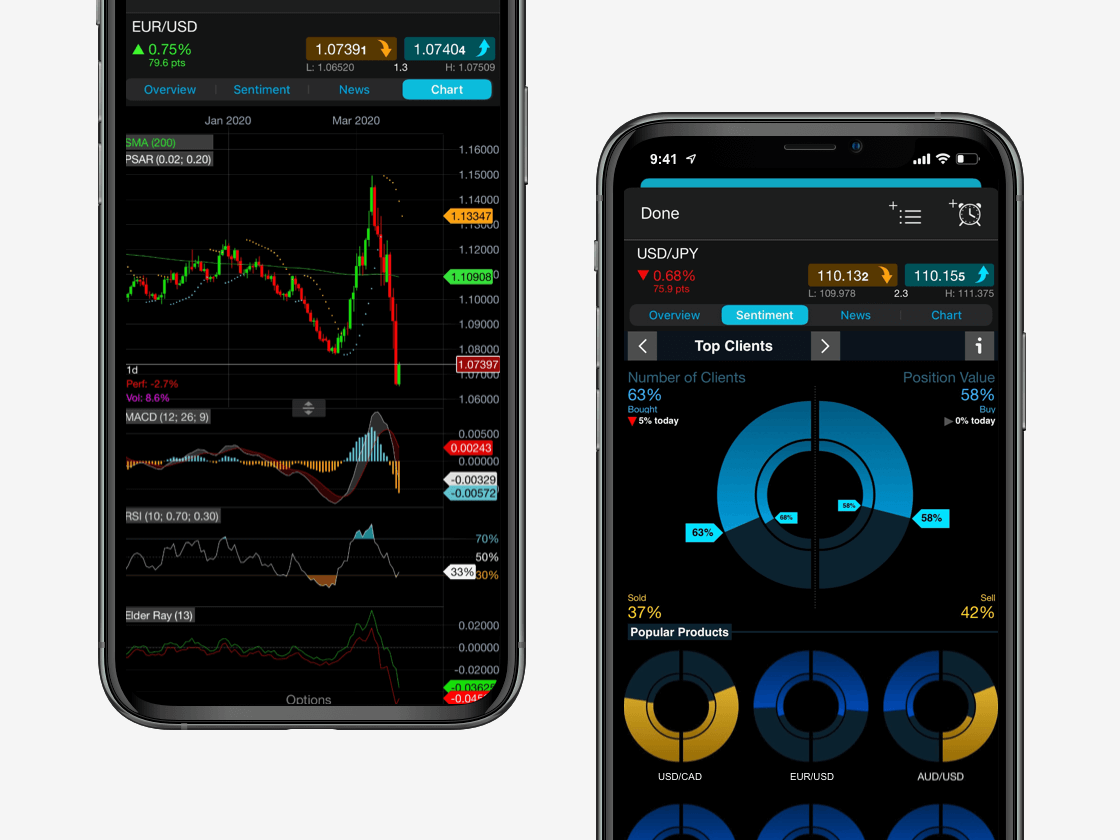The easiest way to distinguish between these industries is to think of Software & Services as all those products and businesses relating to computers that don’t involve a physical product, such as a word processing application or an IT consultancy. Companies specialising in areas like cloud computing, data analytics and machine learning/artificial intelligence (AI) will generally be categorised as Software & Services companies.
Hardware & Equipment includes producers of computers, telephones, networking devices and the various other physical products (besides semiconductors) involved in the manufacture and use of computers and related information-sharing technologies.
Companies involved in the manufacture of semiconductors are classified in the Semiconductor & Semiconductor Equipment industry.
Investors and traders can select ETFs with a focus on certain areas of the IT sector for broad exposure to different elements of this large and varied space. For example, the Vanguard Information Technology ETF provides exposure to some of the largest global IT companies, while the Global X MSCI China Information Technology ETF provides specialised exposure to China’s IT sector.
Alternatively, Our Big Tech share basket offers exposure to many of the biggest names in the IT sector, including Microsoft, Facebook and Apple. Similarly, the SaaS (Software as a Service) share basket provides exposure to companies involved in cloud computing and related technologies, including Zoom, HubSpot and Salesforce.
IT stocks typically carry large premiums (reflecting the growth prospects of start-ups like Palantir or the ubiquity of established firms like Microsoft). However, this carries with it the risk that many tech stocks can be over-inflated, with unprofitable companies buoyed by growth potential until the market gives up on them. Rapid obsolescence cycles also increase volatility in IT stocks.




















